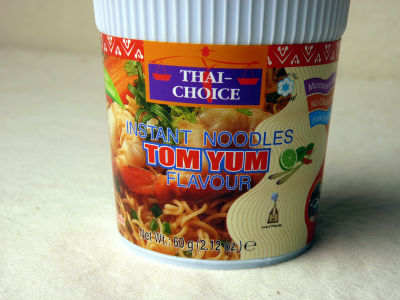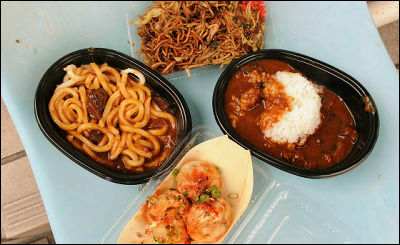I tried local Malaysian cuisine at the Osaka Kansai Expo, a great opportunity to try food you can't find in Japan
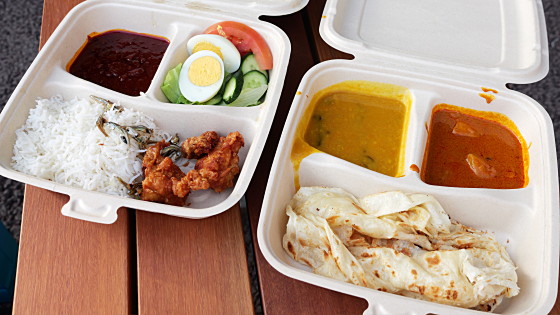
One of the great attractions of
EXPO 2025 Osaka Kansai Expo Official Website
https://www.expo2025.or.jp/
This is what the Malaysian Pavilion looks like. It was designed by Kengo Kuma and Associates .
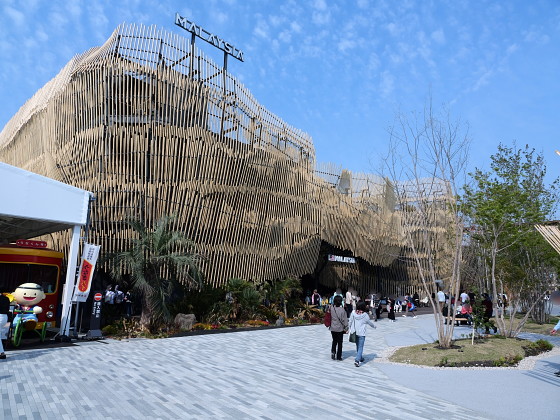
No reservation is required to enter the Malaysia Pavilion, and the main entrance leads directly to the restaurant.
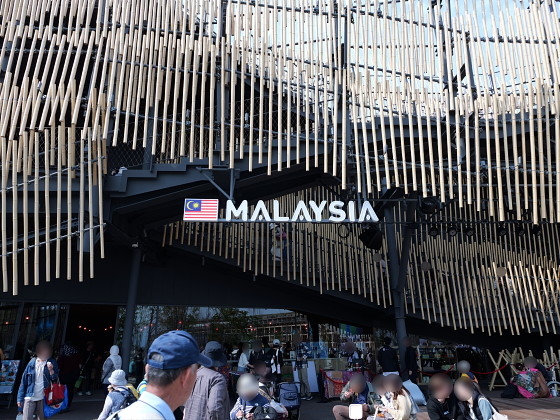
I found a menu. In addition to nasi goreng and mie goreng, which are sometimes seen in Japan, there are local Malaysian dishes and drinks.
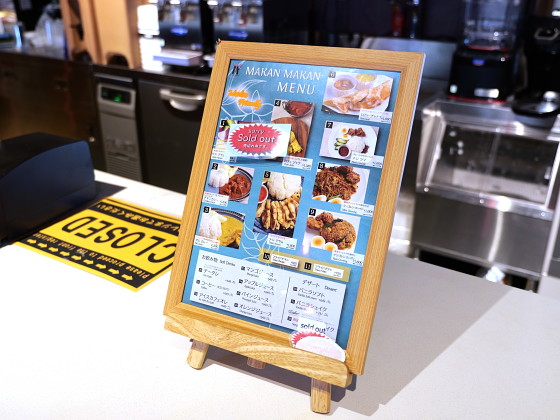
This time I ordered Roti Canai, which cost 1,690 yen including tax, and Nasi Lemak, which cost 1,600 yen including tax.
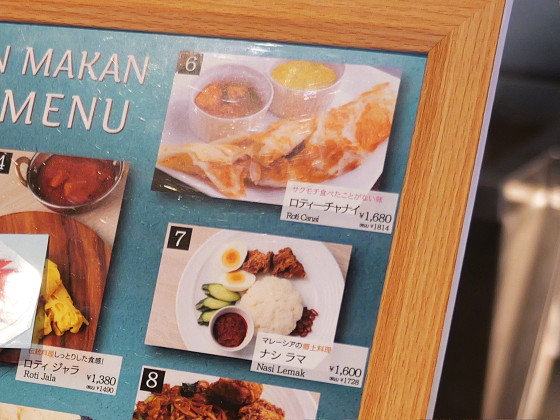
The roti canai and nasi rama were served in takeaway paper cartons. We were given chopsticks and spoons and moved to a bench outside the pavilion.

The inside looks like this. The left side is nasi lama and the right side is roti canai.

Roti Canai comes with bread and two types of sauce.
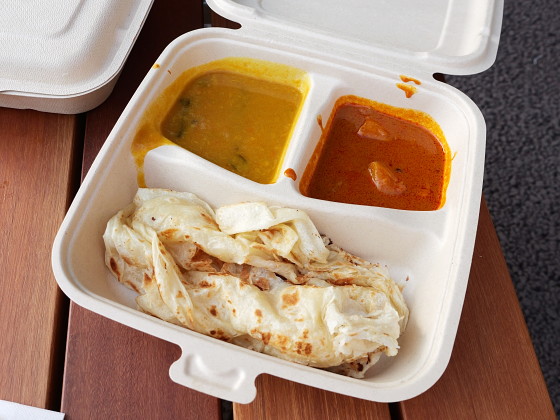
The bread is baked in thin circular shapes.
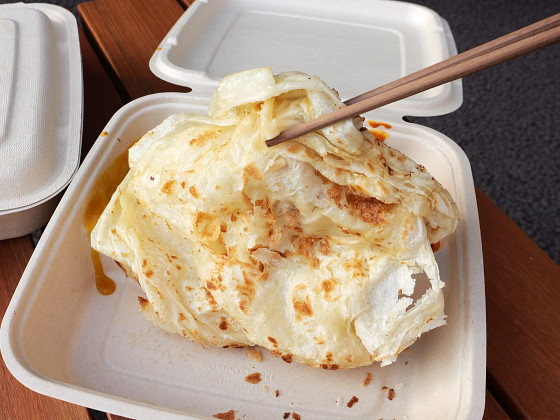
Normally I would like to eat it with my hands, but there were no wet tissues provided, so I ate it with chopsticks. I tore off some bread and dropped it into the yellow sauce.
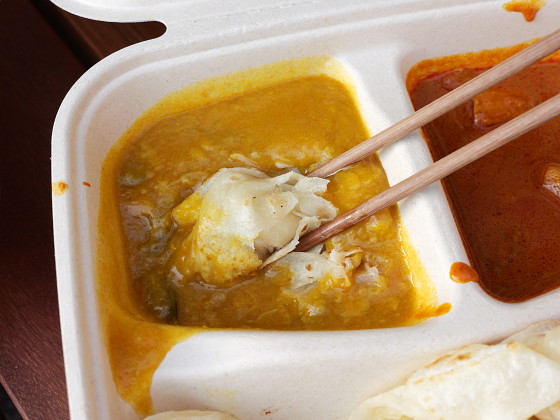
The bread tastes similar to naan, which is made by kneading butter and flour and baking it. The texture is crisp on the outside and chewy inside. The yellow sauce is made from beans such as chickpeas that have been simmered until they lose their original shape, and it has a heavy texture that is more like a main dish than a side dish. Paired with bread, it is a menu that will fill you up.
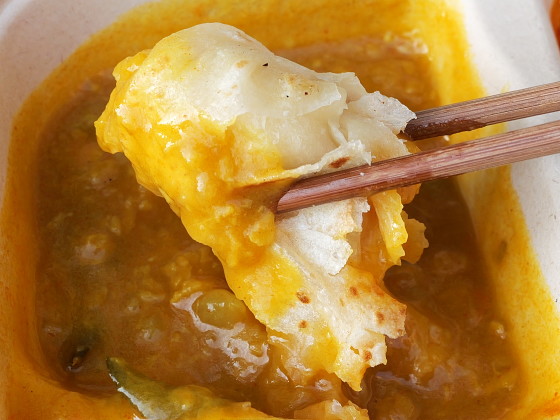
The red sauce is not as spicy as it looks, but it has a sweet and spicy flavor that tingles the tongue. The strong presence of chili peppers stimulates the appetite. Both sauces go perfectly with the crispy and chewy bread.
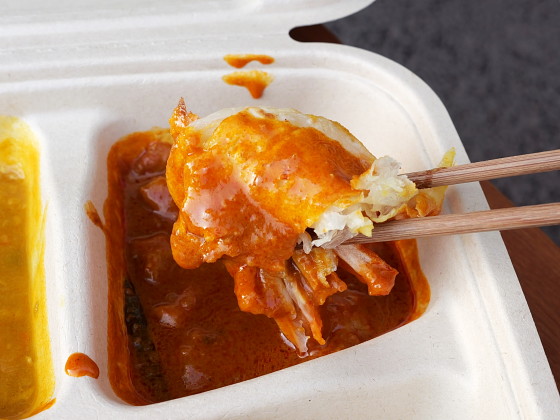
Nasi Lama is a local Malaysian dish, and is also known in Japan as 'Nasi Lemak' or 'Nasi Rama'. The top left is red sauce. The top right is boiled eggs, tomatoes, cucumbers, and lettuce. The bottom is rice, small fish, and fried chicken.
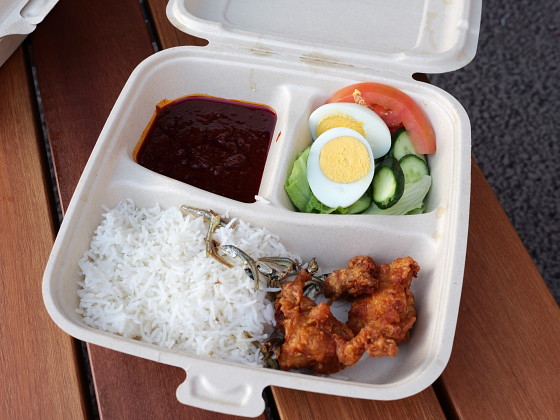
The red sauce is called 'sambal' and has a sweet and spicy taste. Both the sweet and spicy parts are very strong, and it's like licking miso paste directly. You can also taste the umami of seafood, like crab.
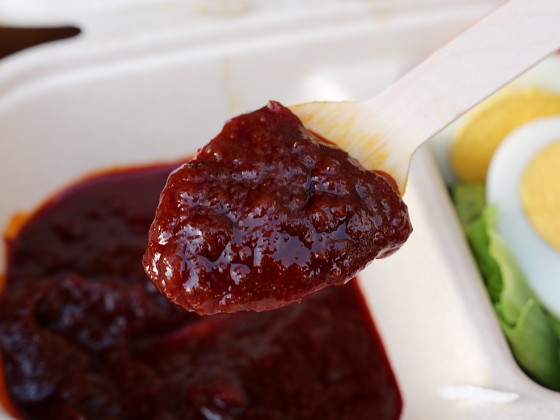
The rice is long grain. According to an internet search, Nasilama uses rice cooked in coconut milk, but I couldn't tell by smelling it whether it uses coconut milk or not. There were no explanations provided in the restaurant other than the menu, so I had to rely on my nose and tongue to discover the true nature of the side dishes and sauces.

Rice and sambal go perfectly together. This is the kind of dish where the rice is covered in a very strong sauce, and you gobble it down with gusto, feeling the intense flavor on your tongue.

The fried chicken batter was fried hard, giving it a nice crunchy texture.
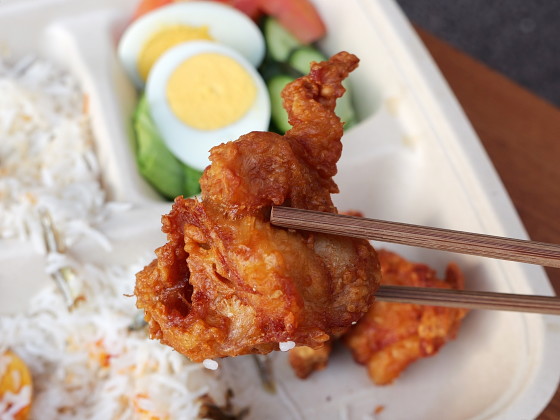
There are many other dishes you can try at the Osaka Kansai Expo. The price information for the food and drinks found at the venue is summarized in the article below, so please use it as a reference for lunch and snacks.
We've seen what foods you can eat at the Osaka-Kansai Expo for how much they cost, including 8 takoyaki for 1,250 yen, yakisoba for 400 yen, Polish cuisine for 4,500 yen, and Belgian waffles for 400 yen.

Related Posts:



